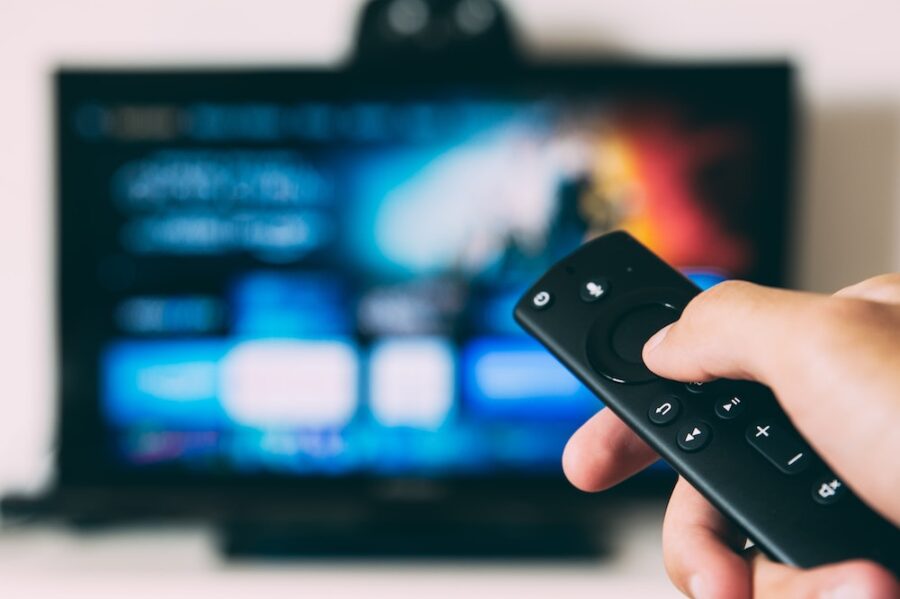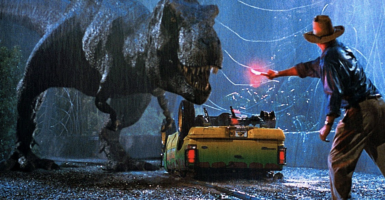Is Streaming More Popular Than Cable?
It looks like streaming is officially taking over cable and we could all kind of see this one coming sooner than later.

It’s hard to imagine a content and production landscape without streaming services. They’ve become so ubiquitous with so many options that it seems as if they’ve been in our lives forever now. But relatively speaking streaming services have been around for a pretty short period of time. In many ways, we are still in the infancy of this mode of entertainment. It stands to reason that in a few years it looks even different than what it is now. But up until this point, even with the streaming services gaining traction and tons of users, it was still cable television in the lead for most eyeballs on a monthly basis. The operative words being “until now”. The Hollywood Reporter has it that for the first time since it’s been tracked this way, Nielsen is reporting that streaming services eclipsed cable television for market share in July. It was close, but when we look back to see where the scales on all of this tipped, this is the time when it all really began to change.
In this latest report, Nielsen is tracking the percentage of television use in the United States, comparing streaming services, cable television, and broadcast TV. For the month of July, streaming won out, hitting 34.8% of televisions across the country. Cable wasn’t far behind at 34.4% and broadcast came in third at 21.6%, but there was a changing of the guards. By comparison, June was still the highest point yet for streamers at 33.7% so the shift was coming, but this is the first time they’ve outpaced cable.
There were a few different reasons for the moderate jump this month, the first being the overwhelming popularity of some of the streaming options in July. Of course, Stranger Things helped in this respect, becoming the second-best performing Netflix offering in the platform’s history over the course of its penultimate season. That season was strategically broken into two parts over more than two months to allow for maximum subscription success, but it was still a massive performer for Netflix nonetheless. There were other solid performers on the various platforms, but this was clearly the winner. The streamer had other strong showings with new movies on Netflix like The Gray Man, the final season of Better Call Saul but the folks from Hawkins, Indiana were a major reason these numbers shook out like this.
But they weren’t the only ones. In general, streaming was already headed in this direction and this was only a matter of time. Because while Netflix had the best show during this time period, it isn’t like they are the landslide winners in the streaming landscape. Nielsen has it that Netflix accounted for 8% of the total watching, but YouTube was right behind at 7.3%. Hulu and Prime Video sat at 3.6% and 3% respectively.
We are sure to see the graph continue like this into the future. Maybe there will be a shift in which streamers are the leaders, but in terms of cable programming making its way back to the top in the long-term, that is unlikely to happen.











